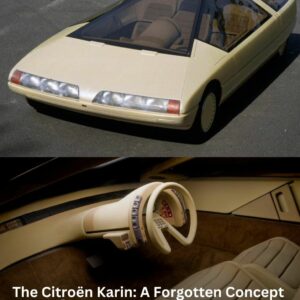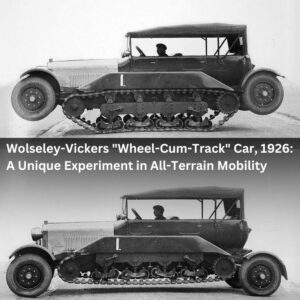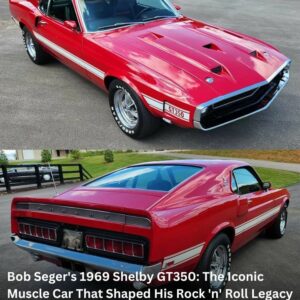In the mid-20th century, the idea of a record player in a car might sound like something straight out of a sci-fi movie or a quirky retro fantasy, but it was a real and fascinating innovation. Inspired by the success of car radios, automakers in the 1950s set out to introduce another home entertainment staple into the automobile: the record player.
Though it was short-lived, the in-car phonograph marked a significant milestone in the automotive industry, giving drivers and passengers the ability to curate their own music playlists on the go—something unthinkable in an era before cassette tapes, CDs, or digital streaming.
The Birth of the Highway Hi-Fi: The First In-Car Record Player
The first in-car record player, the “Highway Hi-Fi,” was nothing short of revolutionary. Developed by Dr. Peter Goldmark, head of CBS Laboratories and the inventor of the 33 1/3 RPM “Long-Playing” (LP) record, the Highway Hi-Fi was initially offered as a factory-installed option in Chrysler vehicles.
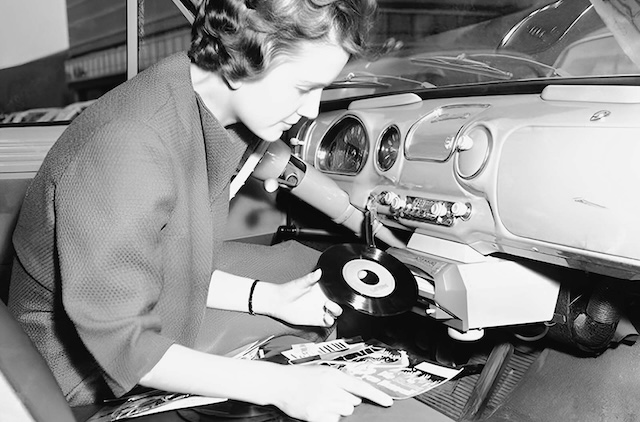
The major challenge Goldmark faced was adapting vinyl records—fragile and large in size—to the unpredictable environment of a moving car. At the time, the music industry was embroiled in a format war between two competing standards: the 33 1/3 RPM LP, championed by CBS for its ability to hold over 20 minutes of music per side, and the 45 RPM single, backed by RCA for its compact size but limited playtime.
Video:
Innovations Behind the Highway Hi-Fi System
To solve the problems of size and playtime, Goldmark’s team developed the “ultra-microgroove” format, allowing for smaller records while maintaining extended playtime. The system operated at half the speed of a standard LP—16 2/3 RPM—allowing 7-inch records to contain as much music as a 12-inch LP.
The system went through rigorous laboratory testing, where it performed excellently. Goldmark also tested it in his own Chrysler, and the results were impressive. The system featured a spring-mounted turntable and increased pressure on the stylus, minimizing skipping even on rough roads.
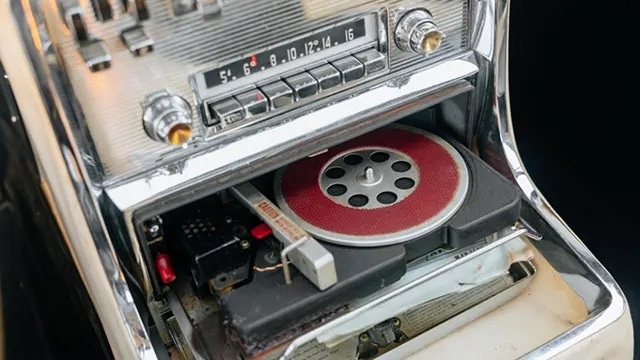
Highway Hi-Fi’s Launch and Early Struggles
In 1956, the Highway Hi-Fi was introduced in Chrysler models. Priced at $200—a steep cost at the time, equivalent to over $2,200 today—it was marketed as a luxurious feature. The turntable was elegantly mounted beneath the dashboard, with a button that would make the cover flip down and the player slide forward, playing music through the car’s existing radio and speakers.
Despite its promise, the mass production of the Highway Hi-Fi did not replicate the precise performance Goldmark achieved in his own car. In particular, vehicles with stiffer suspensions, like some Dodge and Plymouth models, faced significant issues with skipping records, leading to an increase in warranty claims.
By 1959, the Highway Hi-Fi was discontinued, but Chrysler wasn’t ready to give up on in-car personalized music.
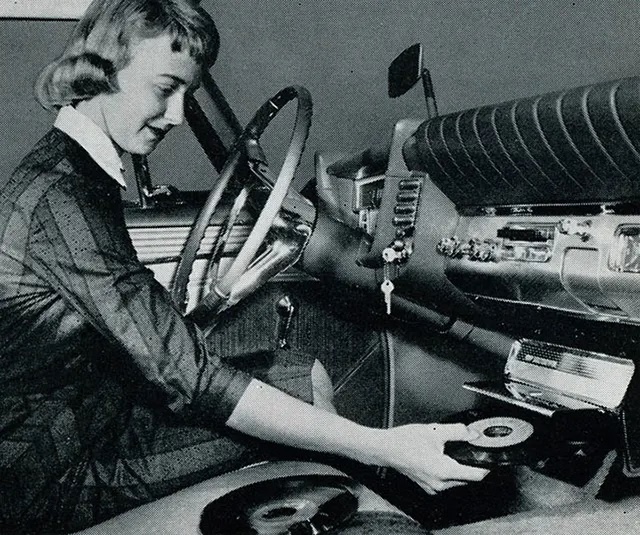
RCA Auto Victrola: A New Attempt at In-Car Music
In 1960 and 1961, Chrysler introduced the RCA “Auto Victrola,” a system that could play up to 14 standard 45 RPM singles. Though it still struggled with skipping on rough roads, it was a step forward compared to the Highway Hi-Fi and offered an improved music experience.
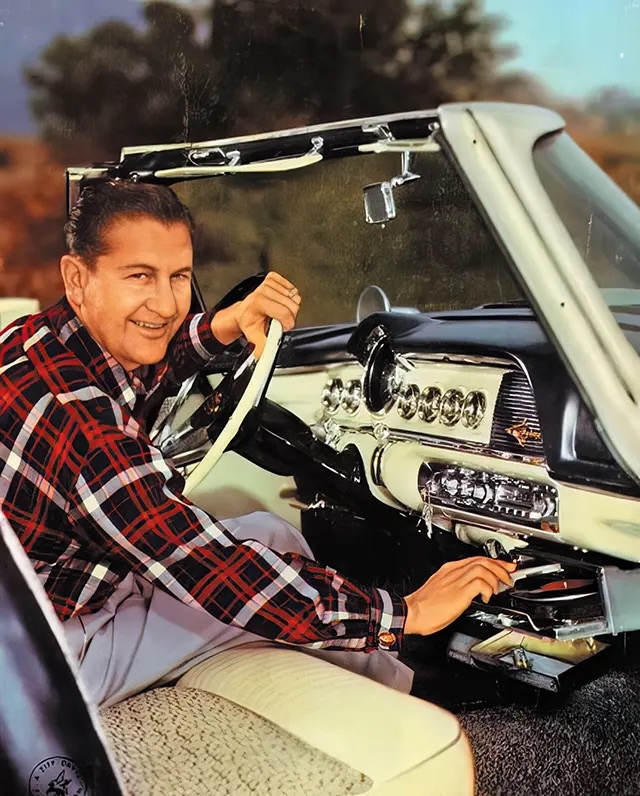
Philips Mignon: A European Success
Meanwhile, in Europe, the Philips Mignon system, sometimes branded as “Auto Mignon” or sold in the U.S. under the Norelco name, gained popularity. The Mignon was known for its sleek, compact design and practicality, and unlike its American counterparts, it didn’t require specially designed records. Users could insert standard 45 RPM singles directly into the turntable.
The Mignon gained fame when members of The Beatles installed one in their cars, with George Harrison famously photographed using the Mignon in his Jaguar E-Type. Although the system could only play one record at a time, it remained highly practical for drivers, offering a glimpse of the future of in-car music systems.
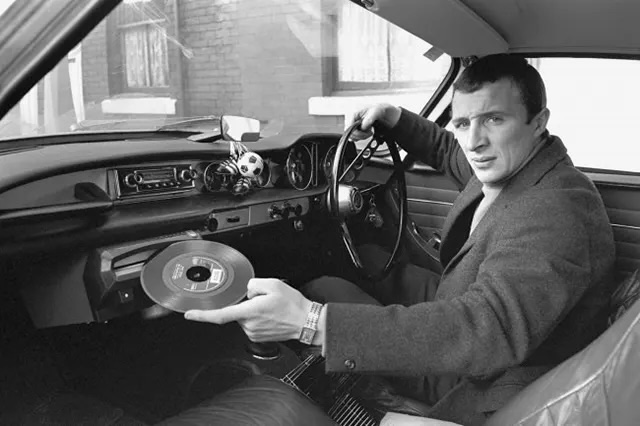
The Decline of In-Car Record Players
The arrival of cassette tapes in the 1970s marked the end for in-car record players. Cassette tapes offered greater flexibility and longer playtime, quickly surpassing records in popularity and becoming the new standard for in-car entertainment.
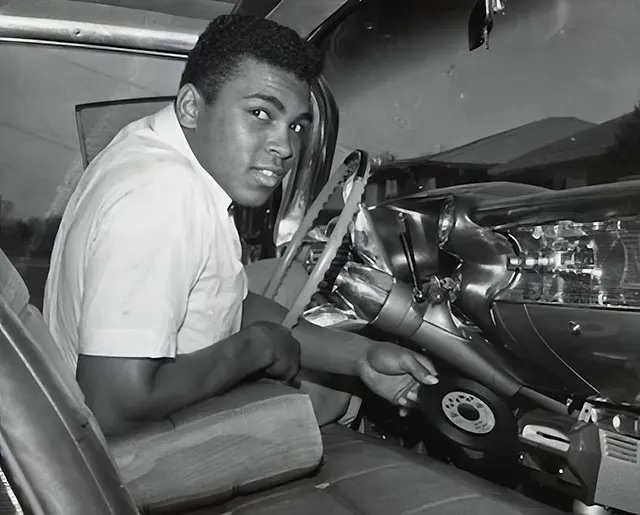
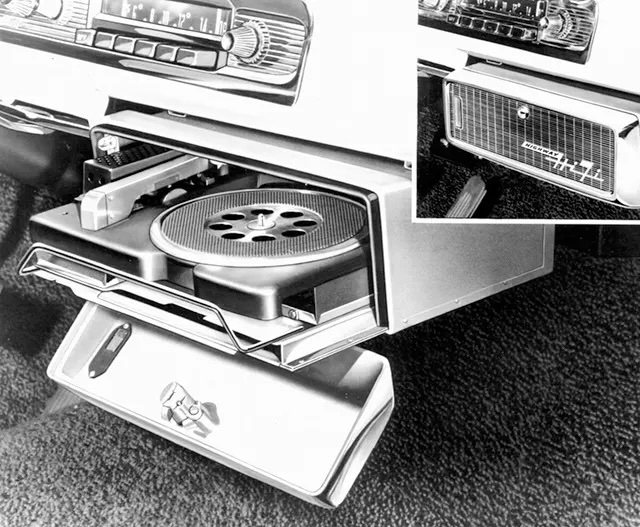
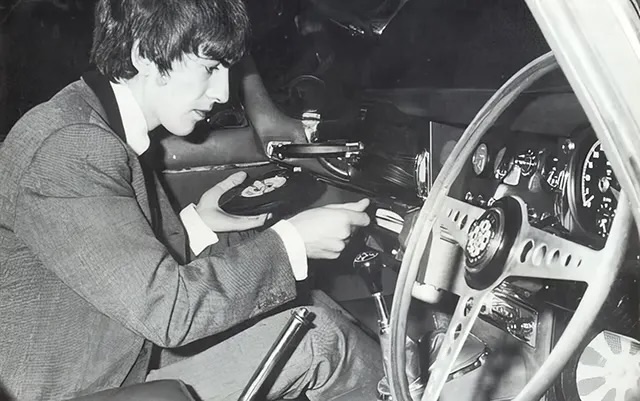
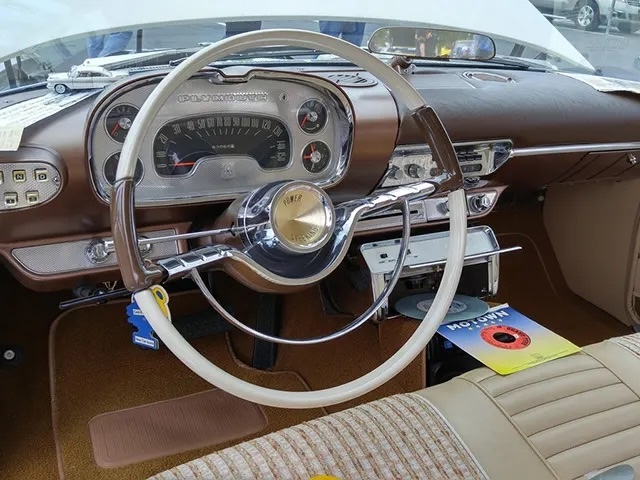
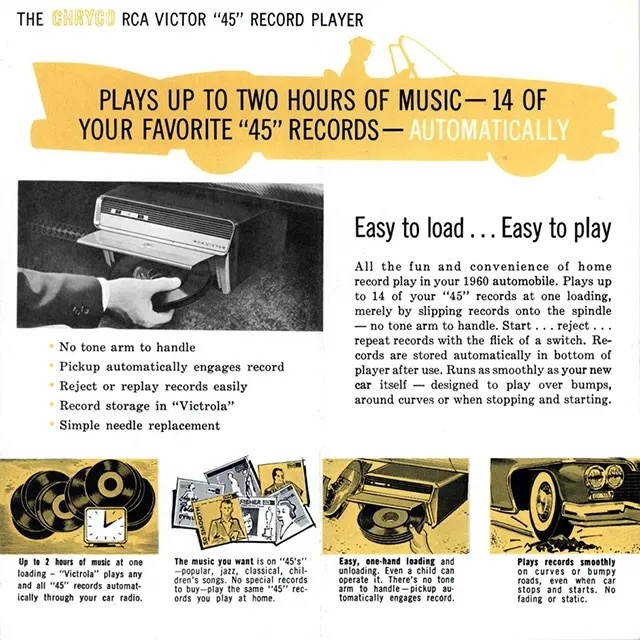
Legacy of In-Car Record Players
Although in-car record players had a brief existence, they left a lasting impact on the automotive industry. They represent a bold step in integrating personal music into the car and were a precursor to modern in-car entertainment systems. The Highway Hi-Fi and its successors may have faltered in execution, but their legacy continues to influence the way we experience music while driving today.

